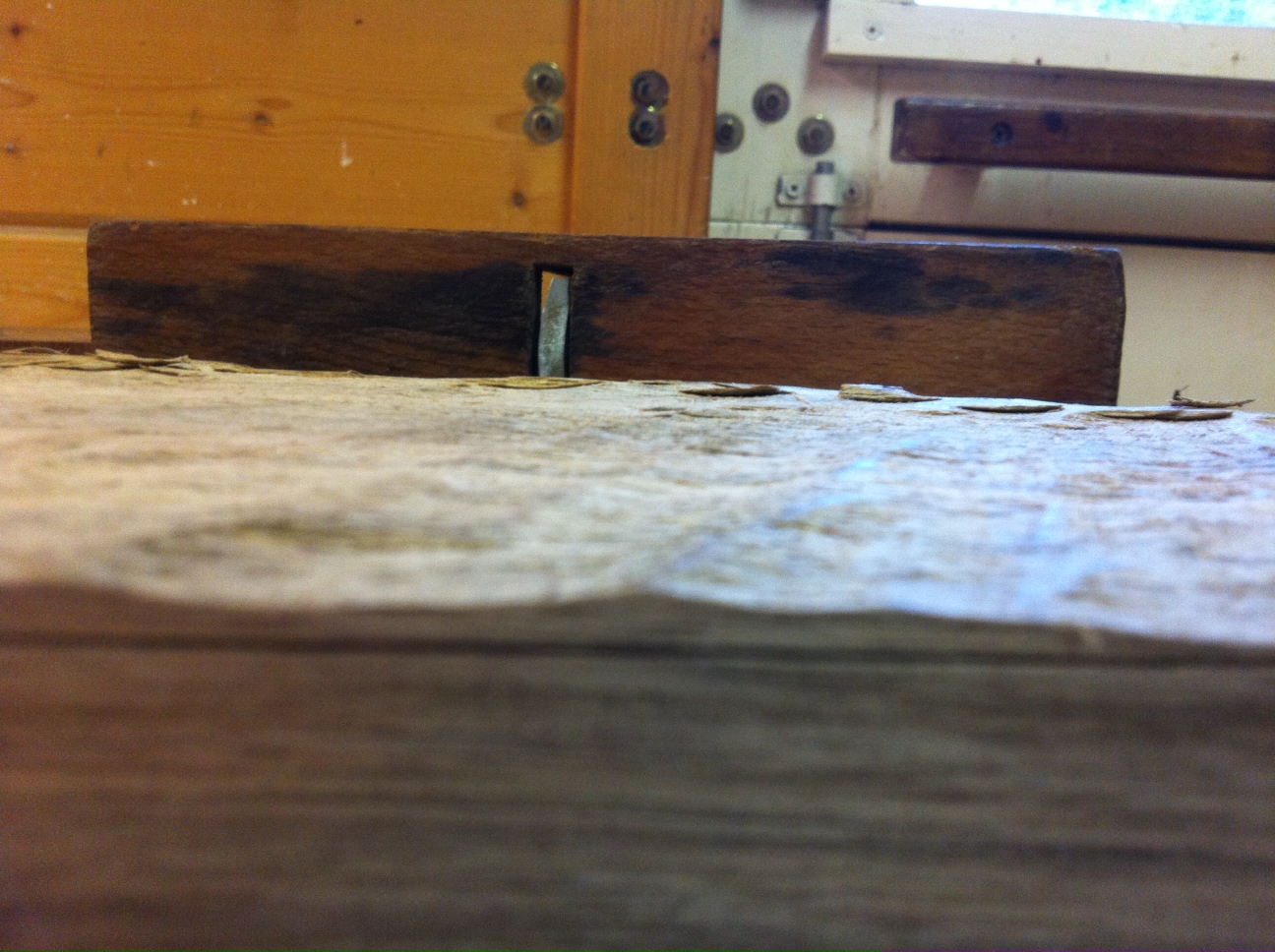Corneel
Established Member
I don't think it is a very black and white thing between scrubs and jacks. Even the Germans, a real scrub loving nation, have a continum of planes ranging from the scrub, via the jack and the double iron plane to the smoothing plane and finally the reform plane. All are about the same length with a horn in front. The scrub is narrowest with the biggest camber. They are to be used where neccessary.
Personally I only use my real German scrub plane (Schrupphobel) when thicknessing a board. And maybe to correct very crooked boards. It leaves a terrible surface, much worse then sawmill marks.

Personally I only use my real German scrub plane (Schrupphobel) when thicknessing a board. And maybe to correct very crooked boards. It leaves a terrible surface, much worse then sawmill marks.
































